Ecommerce customer retention focuses on strategies to keep your existing customers returning to shop at your store. While acquiring new customers is important, retaining current ones is just as crucial. In fact, research by CallMiner shows that businesses can save over $35 billion simply by keeping their existing customers happy.
Several factors can influence retention, such as service quality, value proposition, pricing, and user experience. Implementing a well-rounded retention strategy can address these factors while increasing average order values, boosting sales, and strengthening brand recognition.
So, what strategies can you use to keep your customers coming back?
Let’s find out.
Let’s start from the top—
What is a good ecommerce customer retention rate?
Customer retention rate is the percentage of customers who keep buying from your business over a certain time. A high rate means you have loyal, repeat customers. If many customers don’t come back after their first purchase, your retention rate needs improvement. It’s the opposite of the churn rate, which shows how many customers you’ve lost over time.
Retention rates vary by industry, so understanding these trends helps set realistic targets. According to a report by Decile, the average retention rate for brands on its platform is 30%, meaning less than 3 out of 10 customers place repeat orders, leaving untapped potential.
Now—
This may seem low compared to industries like financial services or healthcare, which have retention rates of 70-75%. However, ecommerce faces unique challenges such as high competition and ease of switching platforms. For example, fashion and beauty brands typically see lower retention due to the luxury nature of their products, while grocery and personal care brands see retention rates as high as 60%.
These numbers are by no means an indicator of how your website will perform, but they are a useful benchmark to compare the effectiveness of your retention strategies.
Now, to improve retention, it’s important to understand and track relevant retention metrics.
Here are key customer retention rate metrics you should consider:
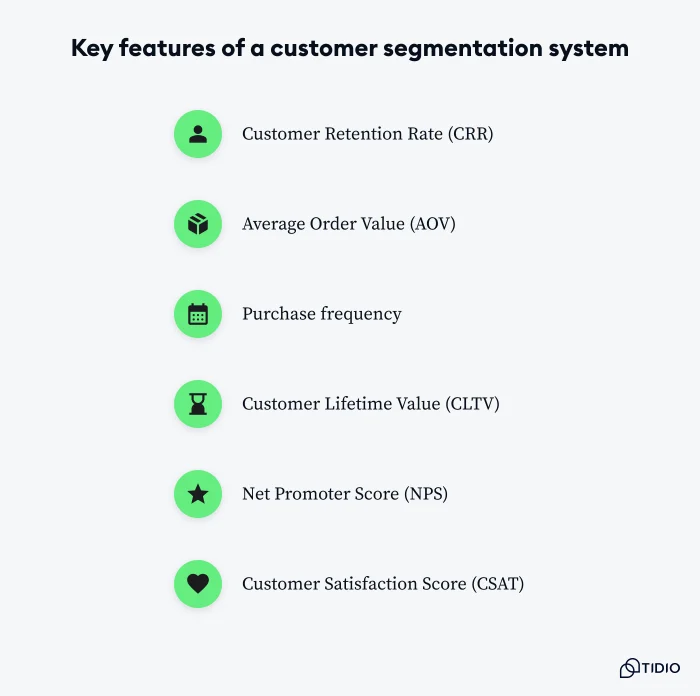
- Customer Retention Rate (CRR)—the percentage of customers who continue to purchase from a business over a specific period, compared to the number of customers at the start of that period. Maintaining a high retention rate signifies customer satisfaction and loyalty.
- Average Order Value (AOV)—refers to the average amount each customer spends per order. This metric is useful for understanding customer behavior and gauging brand loyalty.
- Purchase frequency shows how often customers come back to make repeat purchases. It’s perhaps the most direct retention strategy, leading to improved real-time sales and positive business performance.
- Customer Lifetime Value (CLTV)—it’s the total revenue that a business can expect from a customer during their engagement. This is also a key metric to track in your customer experience efforts.
- Net Promoter Score (NPS)—the metric measures customer loyalty, satisfaction, and enthusiasm by asking how likely your customers are to recommend your products to others, typically on a scale from 0-10. This metric helps your business gauge its performance compared to competitors.
- Customer Satisfaction Score (CSAT)—shows how satisfied consumers are with your company’s products. It involves customer feedback and is expressed as a percentage.
Read more: Check out these handy customer satisfaction survey questions.
15 top ecommerce customer retention strategies
Ecommerce customer retention strategies help you craft a solid plan for increasing customer value and offer practical ways of nurturing and optimizing your ecommerce sales funnel.
Here are 15 tried-and-tested customer retention methods you can use to enhance your online retention rate.
1. Provide exceptional customer service
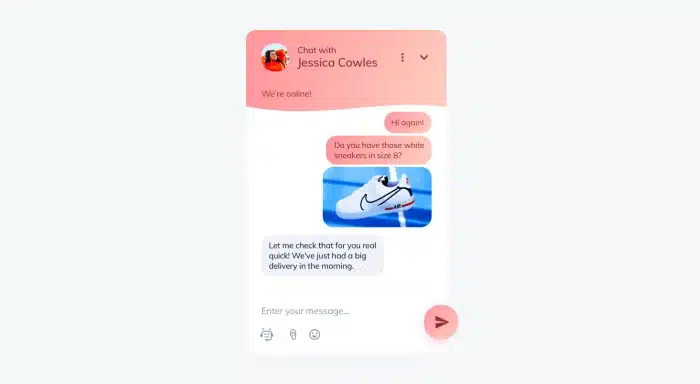
Customer support is a vital part of your business, reflecting your commitment to delivering excellent products and services. A quick, thoughtful response to a customer query can turn a frustrated user into a loyal, lifelong customer. In fact, providing exceptional customer service can be a key differentiator that drives long-term success. A Salesforce report reveals that over 90% of consumers believe a positive user experience encourages them to buy again.
To deliver top-tier customer support, you need a capable support team and powerful, dynamic service tools. This is where platforms like Tidio come in, offering advanced features to manage customer interactions at scale.
Here are tools you must consider when choosing CX software to improve customer retention:
- Live chat for sales teams to engage customers in real time
- AI chatbots to provide automated, efficient responses around the clock
- Help desk and ticketing system to track customer issues for faster resolution.
Read more: Check out our Lyro case study on how Tidio’s support team achieved 58% automation.
Deliver exceptional customer service using Tidio
2. Offer free shipping and returns
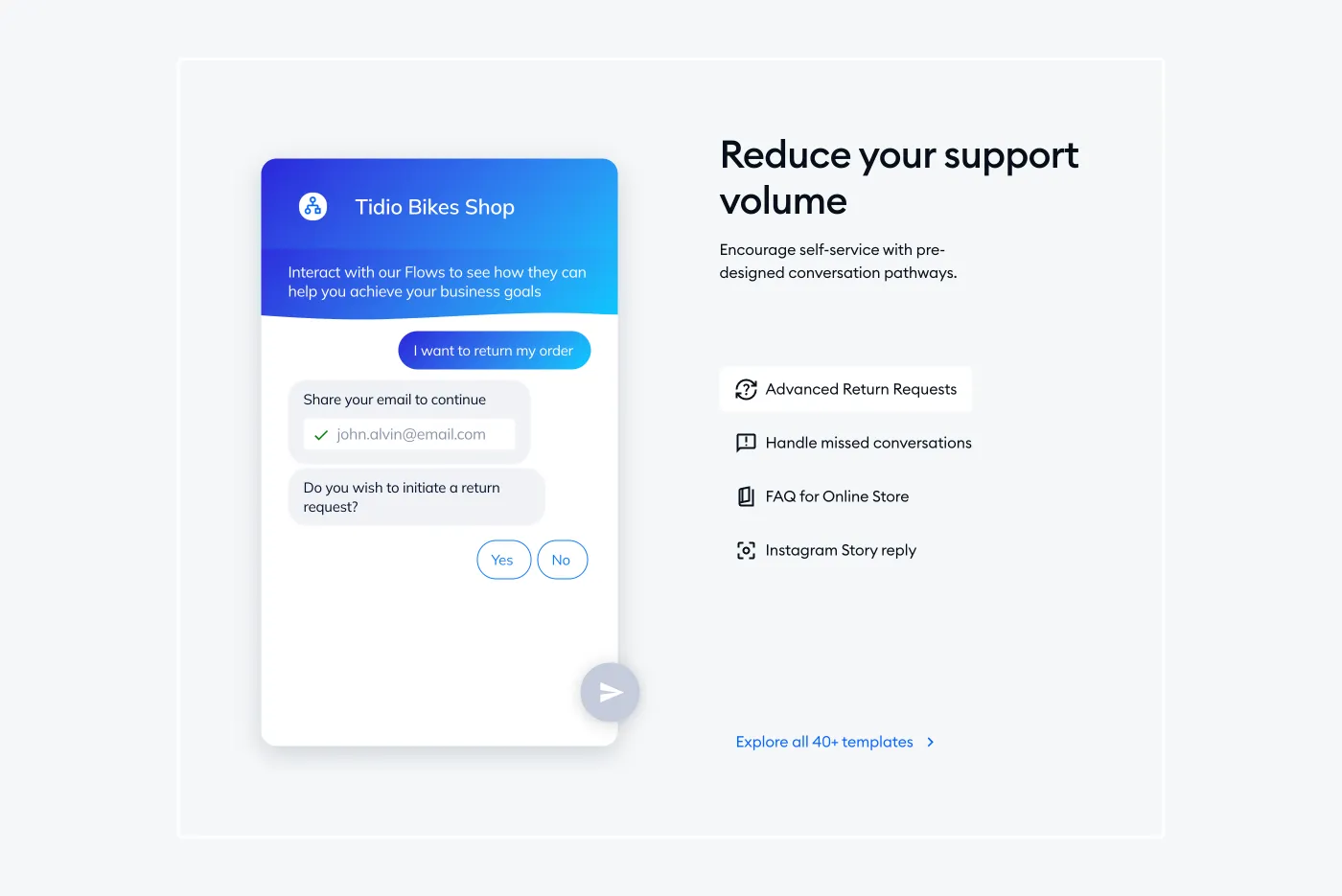
A smooth returns experience can encourage customers to not only return items but also make future purchases. On the other hand, a poor returns process can drive them away. To streamline your ecommerce returns, create a clear policy outlining what qualifies for a return and what is excluded. It’s important to note that as many as 60% of shoppers say returns are a necessary part of
online shopping. Also, research shows that 84% of shoppers won’t buy again from the same online shop after a poor returns experience.
To further enhance the experience, consider offering free return shipping, particularly if your brand has a high retention rate in the industry. You could also implement an online portal where customers can generate shipping labels, track their returns, and request exchanges seamlessly.
Here are key features to look for when choosing a returns management tool for your business:
- Chatbot templates for handling returns inquiries
- Branded returns pages to reinforce your brand during the returns process
- Personalized recommendations or future purchases during returns.
Read more: Discover the best returns management software and learn how to manage product returns for your business. Also, be sure to check out ecommerce returns policy examples and templates.
3. Provide a seamless user experience
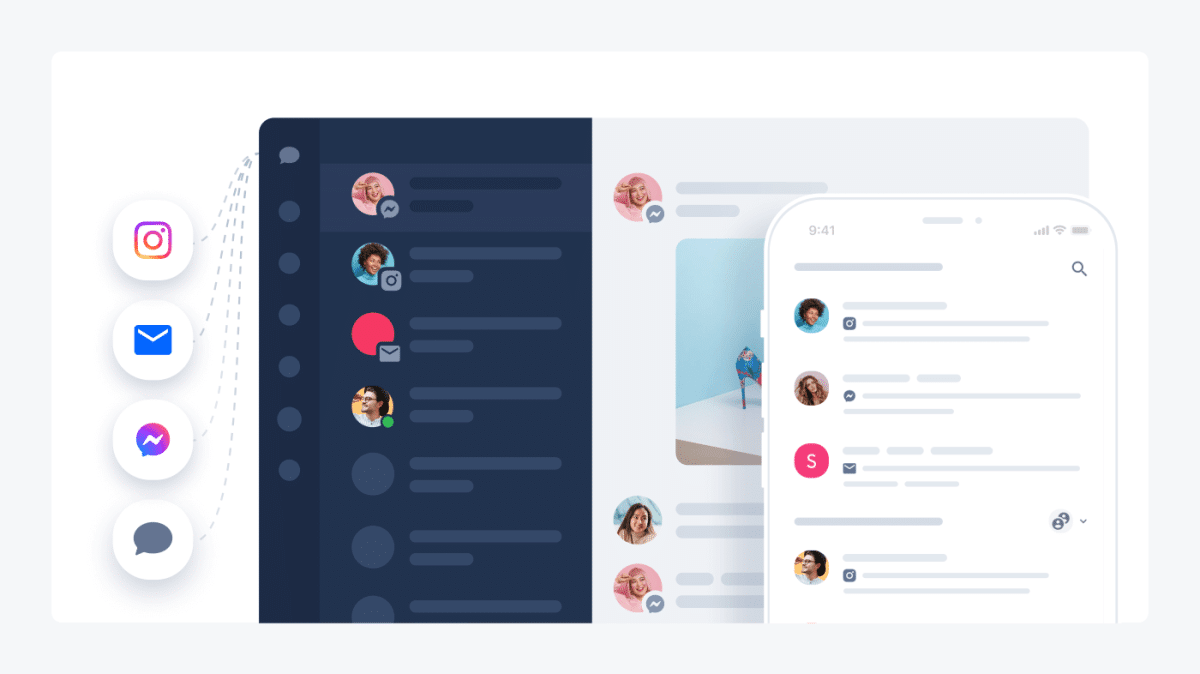
According to a Oracle’s customer survey, over 40% of shoppers will refrain from engaging with a brand over one bad experience. On top of that, about 60% of them will tell close friends and relatives about the negative experience. Therefore, providing a positive and pleasant experience for your audience is key to retaining customers.
The good thing is there are a ton of CX platforms in the market. All you need to do is find one that fits your business requirements and is affordable. These tools can help you evaluate your customer experience with metrics like net promoter score (NPL), resolution time, and customer satisfaction.
Here are some features to consider when looking for a customer experience software:
- Customer self-service portal to enable customers to find immediate answers to their questions independently
- Multichannel customer service functionality that allows customers to connect with your agents through various communication channels
- Omnichannel customer service that lets agents manage and respond to inquiries across multiple channels from a single, unified dashboard.
4. Produce high-quality product content
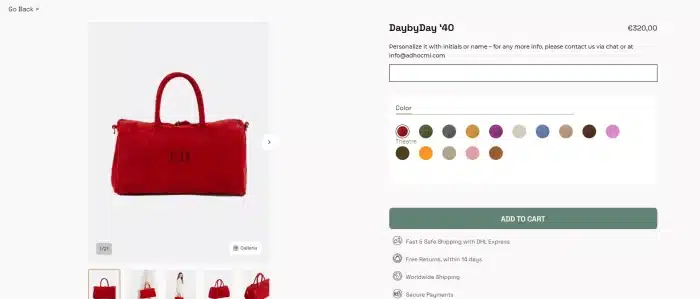
Generating high-quality product pages can increase conversion rate by giving consumers confidence in their purchases and guiding them smoothly to checkout. But what makes a product page truly effective in retaining customers?
Start by conducting a thorough SEO audit to ensure your product pages rank well on search engines. Once that’s in place, focus on writing compelling product descriptions that highlight their key features and benefits. Use a variety of high-quality images to showcase your products from different angles, allowing customers to see exactly what they’re buying. Additionally, encourage customer ratings and reviews and share user-generated content (UGC) on your social media channels to build trust and engagement.
Beyond visuals and descriptions, consider adding detailed size guides, FAQs, or video demonstrations to address common customer concerns. Also, incorporating cross-selling or upselling strategies within the product page can also enhance the user experience and increase your average order value.
5. Develop personalized email marketing campaigns
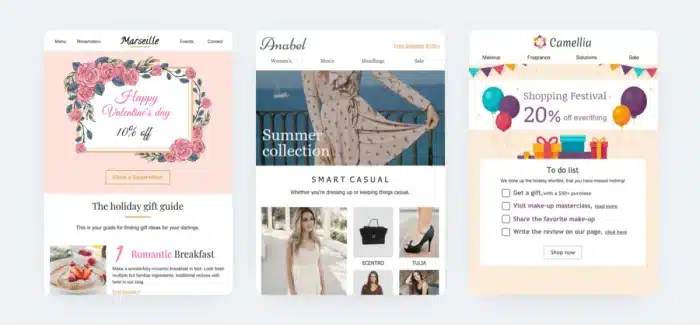
Email marketing plays a key role in building strong customer relationships both before and after a purchase. The emails you send should enhance the customer experience and guide them through various stages of the buyer’s journey. One effective retention strategy is to send follow-up emails to keep your brand top of mind.
Personalize these emails based on the customer’s purchase history and preferences. Even small touches, like using the customer’s name or referencing their recent purchase, can encourage repeat business. Personalization also makes it easier to segment your audience, allowing you to deliver more relevant content to different customer groups.
Here are a few automated email features to consider when choosing CX software:
- Extensive email marketing templates to save time while still delivering tailored messages
- Drag-and-drop email builder for easy customization without technical expertise
- Triggered email responses for actions like registration confirmations and password recovery, ensuring a smooth customer journey.
Read more: Check out the top email marketing services on the web and compare the main features and pricing options.
6. Conduct post-purchase follow-ups
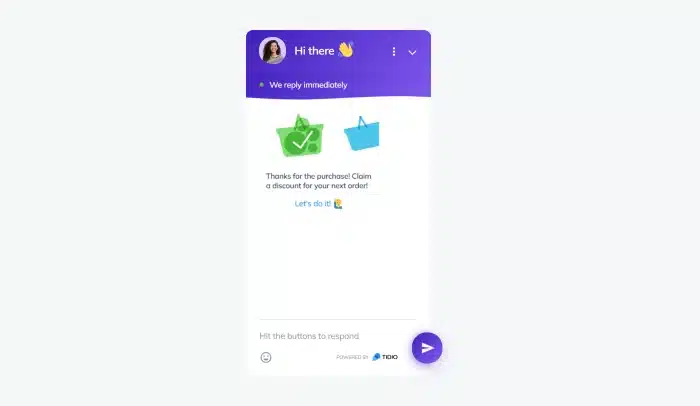
One of the most critical touchpoints in the customer lifecycle is the post-purchase experience. As mentioned earlier, follow-up emails are essential for nurturing repeat customers, but they also set the stage for proactive customer service. Clear and proactive communication after a purchase can manage expectations and encourage customers to return to your store.
Here are some key actions to enhance the post-purchase experience. First, always send a confirmation email when an order is placed to reassure the customer. Next, provide an order tracking number promptly—customers worry about delivery timelines if they don’t have updates. Additionally, if your product requires assembly or setup, be sure to send clear instructions to avoid confusion or unnecessary returns.
But proactive customer service extends beyond just using emails—live chat can play a crucial role in follow-up support.
Consider these live chat features to improve your customer interactions:
- Live chat widget for instant access to support directly on your site
- Chatbot builder to automate common queries or follow-up messages
- Live typing preview to see customer queries in real-time, allowing for quicker, more tailored responses.
By using these proactive customer service strategies, you can address potential issues before they arise and ensure a seamless, stress-free post-purchase experience.
Read more: Learn what proactive live chat is and how it can benefit your ecommerce site.
7. Implement a customer loyalty program

Customer loyalty programs are highly effective because they encourage customers to make repeat purchases while earning valuable rewards. Not only do these programs help bring new leads into your sales funnel, but they also retain your most loyal customers. In fact, 54% of marketing professionals in a survey believe referral programs are more cost-effective than other marketing channels.
Creating a loyalty program can be as simple as offering rewards after a set number of purchases, or you can use tools like LoyaltyLion to reward customers for in-store and online purchases. For Shopify store owners, loyalty apps can help track key data, such as the number of orders and total spend, to easily identify and reward loyal customers.
Here are some tips to boost customer loyalty:
- Offer a stronger value proposition than your competitors
- Deliver good customer service to build lasting relationships
- Increase customer engagement by utilizing new communication channels and personalized outreach.
8. Offer exclusive offers and discounts
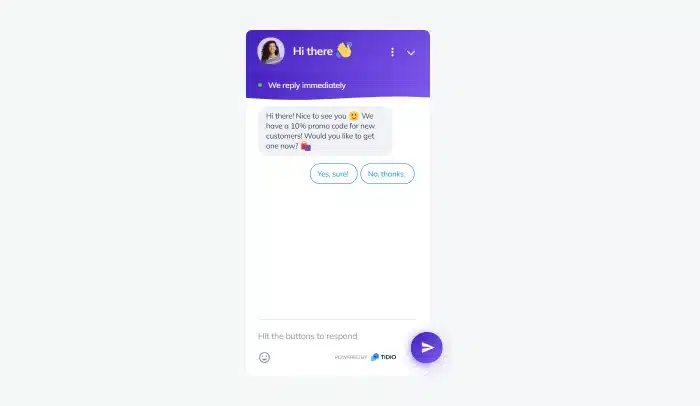
Offering promotional deals and incentives is a great way to strengthen relationships with your current audience. For example, you can allow loyal customers to pre-order products before they’re available to the general public or offer member-only discounts. Other perks, like free shipping or gifts with purchase, also enhance the customer experience and build loyalty.
To further motivate customers, consider offering strategic discounts that boost repeat purchases without significantly cutting into your margins. You can use the help of live chat and chatbots to deliver these offers in real time. For example, you can send discount codes or personalized offers when a customer interacts with your site. Chatbots can also handle inquiries about store credits, which can be applied to future purchases to encourage repeat shopping.
Exclusive promotions offer several benefits. They boost sales turnover by encouraging repeat purchases and enhance brand visibility in a competitive market. Additionally, they provide valuable insights into consumer behavior, helping you refine your marketing strategies. Live chat tools and chatbots streamline this process, ensuring timely engagement and personalized offers.
Read more: Find out the best discount code ideas you can use to boost sales.
9. Launch remarketing campaigns to re-engage customers
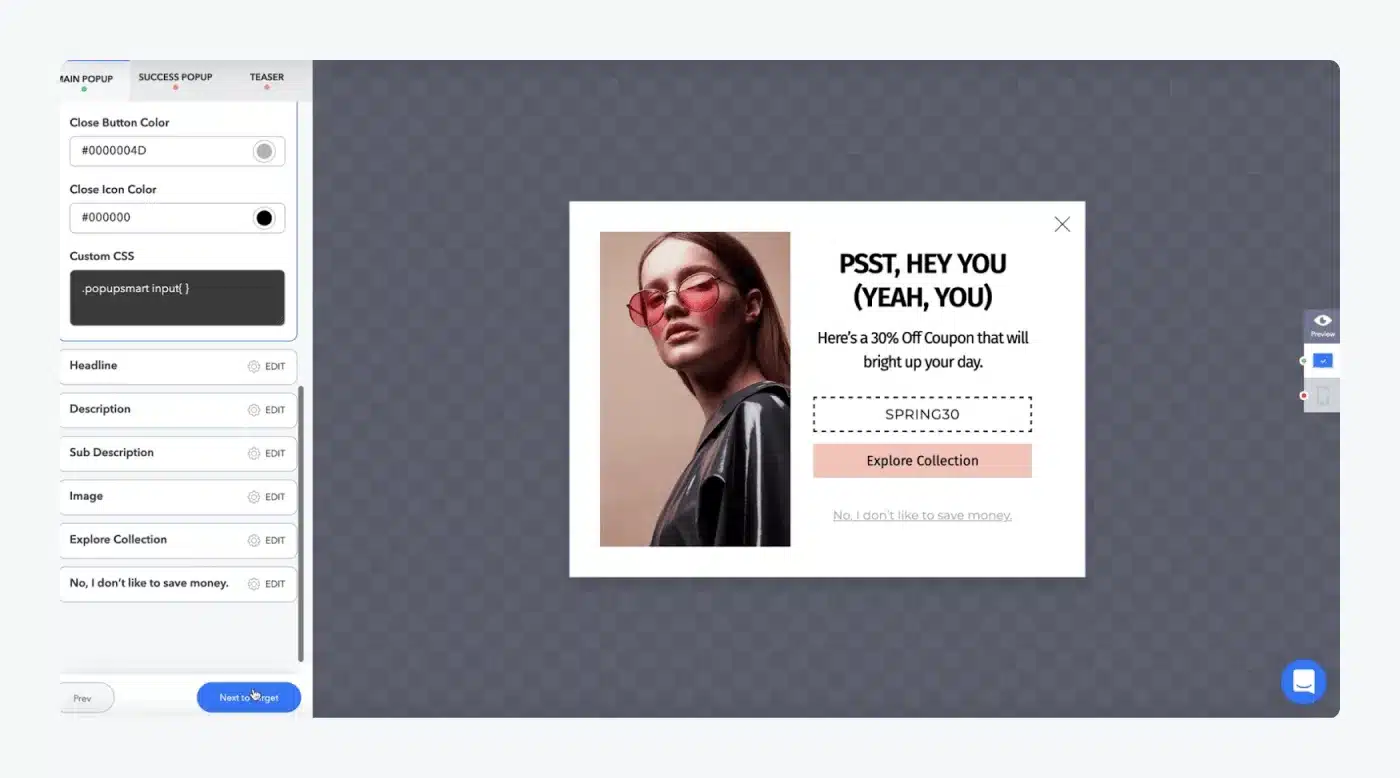
Remarketing is a powerful strategy that allows you to reconnect with customers who have visited your site but left without making a purchase. By reminding them of the products they viewed or left in their cart, you can reignite their interest. Using tools like cookies or pixel tags, you can track these interactions and display targeted ads for those products on external websites your customers visit.
This highly targeted approach focuses on consumers who have already shown interest in your products, increasing the likelihood of conversion.
Remarketing can be combined with other strategies to further boost its effectiveness. For example, personalized email campaigns can remind customers of abandoned carts and include special offers or discounts to encourage them to complete their purchase.
Another approach is dynamic retargeting, which displays specific ads featuring the exact products customers previously viewed. You can also incorporate social media retargeting, where ads are shown on platforms like Facebook or Instagram to keep your brand and products top of mind for potential buyers.
10. Build a community around your brand
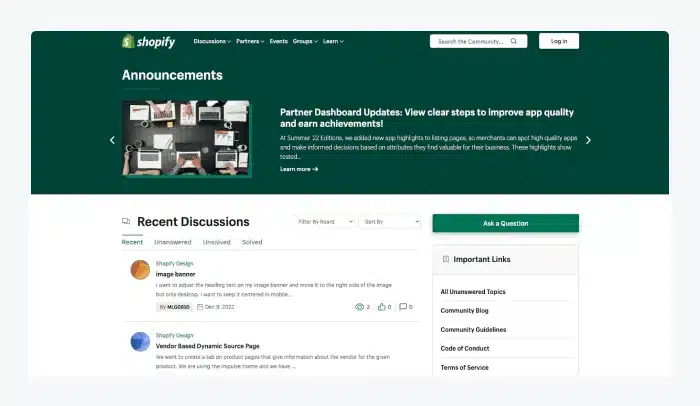
Building a brand community means creating a space where your customer base can connect, share their experiences, and offer product recommendations. In fact, over 75% of brand-related content is user-generated, which shows just how powerful community engagement can be.
A strong brand community encourages genuine interactions, helping you learn more about your customers and build a stronger emotional connection with them. These interactions also provide valuable feedback that can inspire new products and improvements.
Here are some key metrics to track your brand community’s success:
- Member growth rate—measures how quickly your community is growing.
- Brand sentiment—analyzes how people feel about your brand based on their conversations
- Guest checkout rate—gives insight into how engaged community members are with your brand.
11. Engage with customers on social media
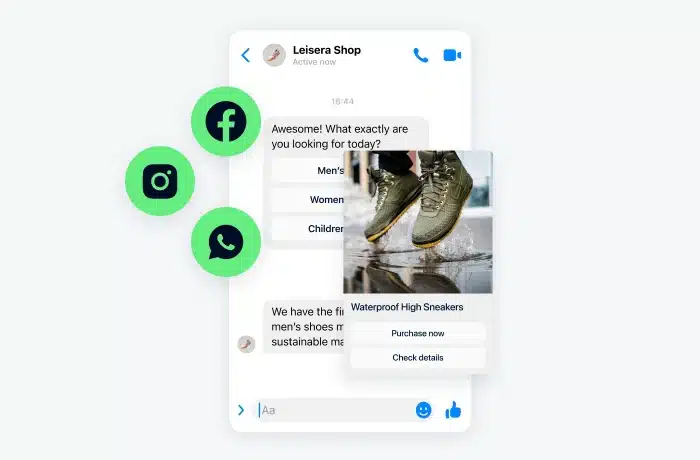
Social media provides a space where your audience gathers to chat, share experiences, and discover new things. Platforms like Facebook, X, Instagram, and TikTok allow you to connect directly with your customers and boost retention.
One of the biggest advantages of social media is the constant opportunity for engagement. By sharing timely and relevant content, you can increase brand awareness and create deeper connections with your audience. Make sure to offer valuable insights and fun, relatable content that resonates with your followers.
Here are a few social media strategies to improve customer retention:
- Respond quickly and empathetically to comments, messages, or reviews
- Host Q&A sessions to make customers feel heard and appreciated
- Address customer complaints openly and provide transparent responses
Read more: See how to use Instagram chatbots to reply to comments and stories.
12. Keep customers in the loop with notifications
SMS marketing is gaining popularity, with open rates as high as 98%, according to a recent survey. However, many businesses have yet to fully utilize SMS and push notifications as part of their marketing strategy. You can set yourself apart by incorporating these notifications to keep your customers informed and engaged.
Using the right digital marketing tools, you can send post-purchase SMS updates, such as order confirmations, shipping details, and payment information. You can also boost engagement by integrating live chat triggers on your ecommerce site.
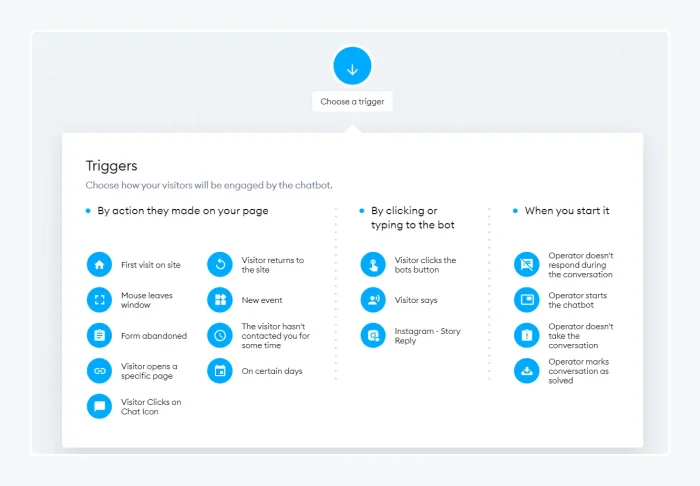
Here are examples of live chat triggers you can use to retain consumers:
- First site visit—sends a welcome message when a new user enters your site
- Returning visitor—sends a notification when a visitor returns to your site, encouraging continued interaction
- Mouse leaves window—detects exit intent when a user’s mouse leaves the window for a few seconds, helping reduce bounce rates by offering a special message or offer.
Read more: Discover the best ecommerce live chat software for your company.
13. Develop a solid customer onboarding program
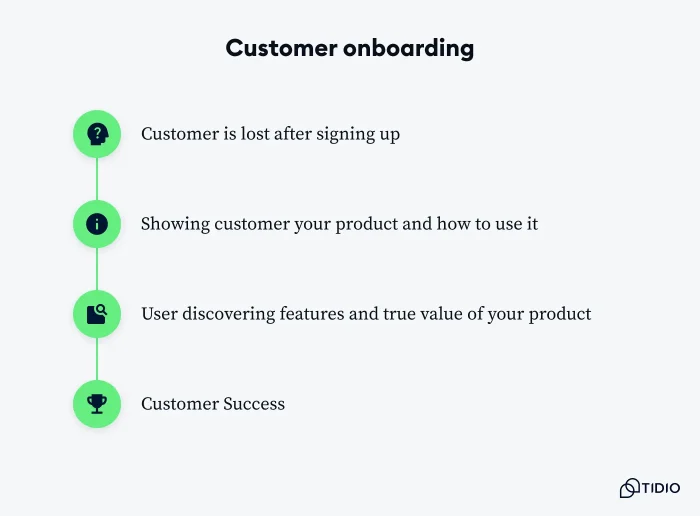
First impressions are everything when it comes to customer experience. A smooth onboarding process for first-time buyers sets the tone for future purchases and long-term loyalty. If customers encounter problems during their initial interaction, it can lead to dissatisfaction and even prevent them from returning to your brand.
Here are a few key elements to build an effective customer onboarding process:
- Clear workflows with tasks and reminders to ensure nothing falls through the cracks
- Follow-up messages to keep customers engaged and informed after their purchase
- Timed email triggers that guide new customers through setup, offer helpful tips, and encourage repeat purchases.
14. Create customer feedback loops for continuous improvement
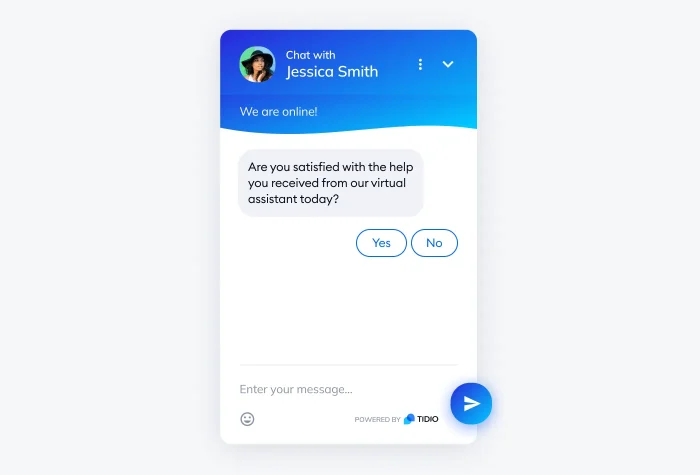
Gathering customer feedback is essential for retaining customers and improving their experience. A feedback loop allows you to collect, analyze, and act on customer insights to enhance your service and refine the customer journey. Without this feedback, you may miss opportunities to address customer concerns.
Reliable ways to collect feedback include:
- Requesting participation in customer testing and focus groups
- Running a Net Promoter Score (NPS) survey to gauge customer loyalty
- Sending post-purchase chat surveys to gather insights on customer satisfaction and areas for improvement.
15. Utilize data-driven insights and analytics
Data analytics offer valuable insights into customer behavior, from browsing patterns to purchase history. By using data-driven analysis, you can identify customer preferences, pain points, and the likelihood of future purchases, all of which can significantly improve your retention efforts.
Here’s how data analytics support customer retention:
Here’s how different types of data analytics support customer retention:
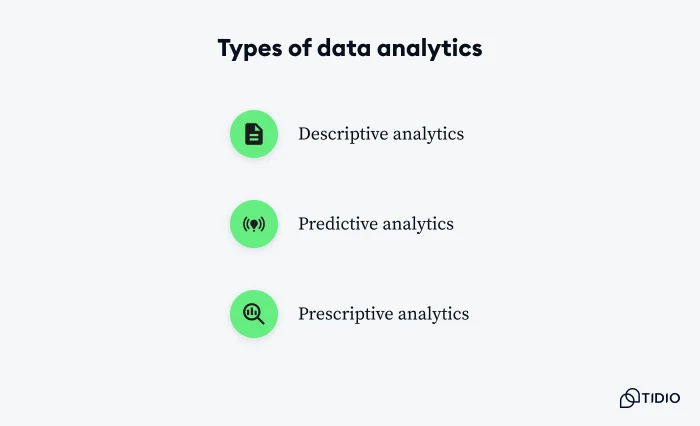
- Descriptive analytics—these offer a detailed overview of past customer behavior, including previous purchases, browsing habits, and interactions with customer service. By examining this historical data, businesses can spot trends and identify what has worked well and what hasn’t in terms of customer engagement.
- Predictive analytics—using patterns from past data, predictive analytics can help forecast future customer behavior. For example, this analysis can show which customers are likely to make repeat purchases or identify those at risk of leaving. By anticipating these trends, businesses can proactively take steps to retain high-value customers through personalized offers or targeted outreach.
- Prescriptive analytics—building on the insights from descriptive analytics, prescriptive analytics provides actionable recommendations to improve customer retention. It suggests specific actions businesses can take, such as implementing loyalty programs, optimizing the checkout process, or enhancing customer support, all based on real data.
Read more: Here are some of the best strategies for carrying out email marketing analytics.
Start enhancing customer retention of your ecommerce store today
By focusing on excellent customer service throughout the entire customer journey, building brand loyalty, and cross-selling at key moments, you can significantly boost your customer retention rate. Higher retention leads to increased revenue from your existing customers.
Ready to take your ecommerce retention to the next level?
Tidio, a help desk software built for online stores, offers powerful tools to help retain your customers. With its live chat and AI chatbots, you can send follow-up notifications, gather customer feedback, and engage visitors proactively. Installing the Tidio chat widget allows you to maintain ongoing conversations, encourage repeat purchases, and upsell new products.
Try it today and see the results for yourself!
Deliver exceptional customer service using Tidio
Frequently Asked Questions
To calculate the ecommerce retention rate use the formula CRR = ((E-N)/S) x 100, where “S” is your starting customers, “E” for consumers you end a session with, and “N” represents the new customers gained during that session. That said, based on industry surveys, the average ecommerce customer retention rate ranges from 31-38%.
The three pillars of customer retention include providing simplicity, developing trust, and ensuring you continuously recognize your audience. The three pillars stand as the foundation of success for any business.
You retain an online customer by maintaining high-quality products and offering positive user experiences. Offer reward programs that give consumers discounts and loyalty points. Finally, provide prompt and helpful support to your audience.

